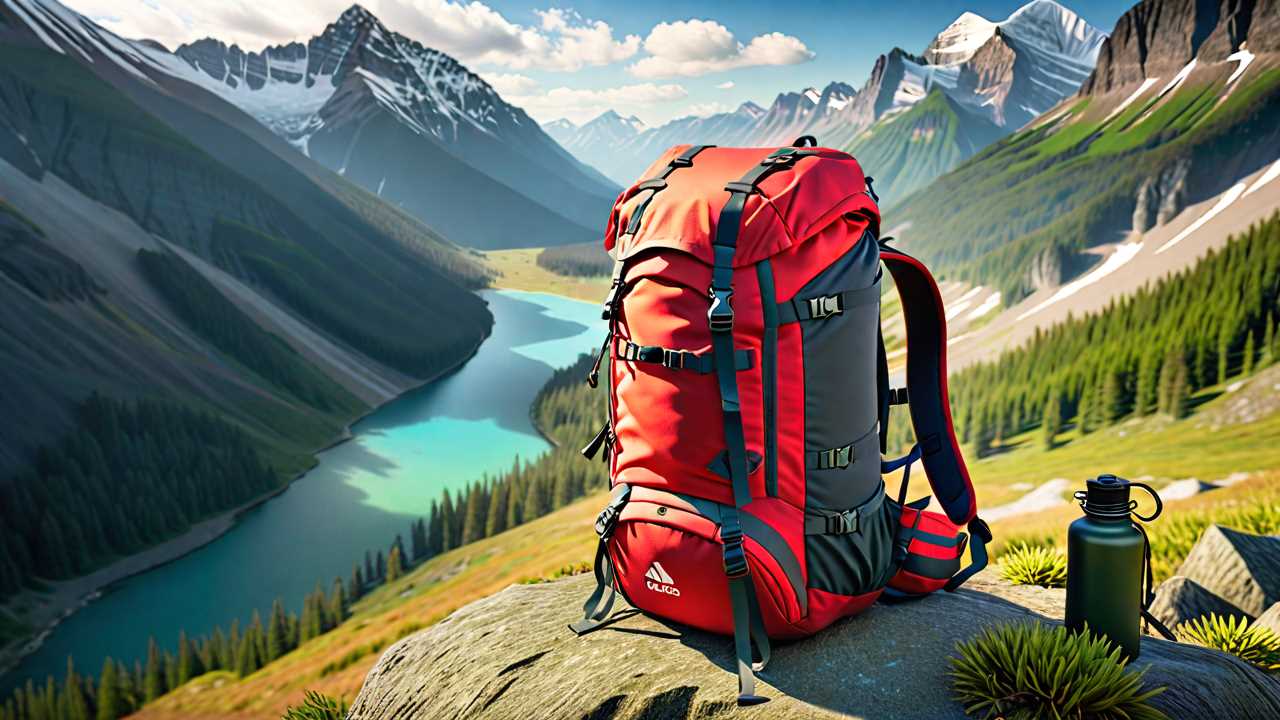Travel
What Equipment Is Essential for Mountain Climbing Trips?


Imagine standing at the base of a towering mountain, the crisp air tinged with anticipation as you get ready to start your climb. As you take your first steps towards the summit, you realize the importance of having the right equipment by your side. From sturdy climbing ropes that offer a lifeline to harnesses and carabiners that secure your every move, each piece plays a crucial role in your mountain journey. But what else should you consider bringing along for a safe and successful ascent?
Climbing Ropes
When starting mountain climbing trips, make sure you pack high-quality climbing ropes to guarantee safety and security during your ascent. Choosing the right climbing ropes is important for your overall climbing experience. Opt for ropes that are dynamic and designed to stretch to absorb the force of a fall, reducing the impact on both you and your gear.
Thicker ropes provide more durability and are suitable for rougher terrains, while thinner ropes are lighter and easier to manage during your climb.
Before each climb, carefully inspect your ropes for any signs of wear such as fraying or damage. It’s essential to maintain and properly store your climbing ropes to ensure their longevity and effectiveness. When using your ropes, make sure to tie secure knots and double-check them to prevent accidents.
Practice coiling and uncoiling your ropes to maintain their integrity and prevent tangling during your climb.
Harnesses and Carabiners
Examine your harnesses and carabiners meticulously before every climb to guarantee their reliability and safety throughout your mountain climbing expedition. Your harness is your lifeline, ensuring you stay connected securely to the rope and providing vital support in case of a fall. Check for any signs of wear, such as fraying or weakened stitching, and make certain all buckles are properly fastened.
Carabiners are the gatekeepers of your safety system, so inspect them for any cracks, sharp edges, or unusual movements in the gate. Make sure they’re functioning smoothly and that the locking mechanism is working correctly.
When selecting harnesses and carabiners, opt for models that meet industry safety standards and are designed for the type of climbing you’ll be doing. Investing in high-quality equipment is paramount for your safety and peace of mind while on the mountain.
Helmets and Headlamps
Check your helmets and headlamps are in top condition before each mountain climbing excursion to safeguard your safety and visibility in challenging terrains. Helmets are important for protecting your head from falling rocks, ice, or accidental bumps against the rock face. Make sure your helmet fits snugly and securely, with no cracks or damage that could compromise its integrity.
A well-fitted headlamp is equally essential, especially for pre-dawn starts or late finishes. Opt for a headlamp with long battery life and adjustable brightness settings to adapt to varying light conditions. Test your headlamp before every climb to avoid any surprises in the dark.
Properly functioning headlamps not only illuminate the trail ahead but also provide a sense of security in the wilderness. Remember to carry extra batteries or a backup headlamp for extended climbs. Prioritize lightweight headlamp models to minimize strain on your neck during long ascents.
Crampons and Ice Axes
Make sure your crampons and ice axes are sharp and properly fitted before starting on any ice or mixed climbing routes. Crampons are vital for gaining traction on ice and hard-packed snow. Ensure the points are sharp and free of any rust or damage that could compromise their effectiveness. Properly fitted crampons should securely attach to your boots without any wobbling or shifting.
Ice axes are essential tools for stability and self-arrest on steep icy slopes. Check that the pick and adze are sharp for efficient self-belay and cutting steps. The length of the ice axe should allow for a comfortable grip while climbing and provide enough strength for secure placements.
When using crampons and ice axes, practice different techniques in a safe environment to familiarize yourself with their functionality. Knowing how to properly use these tools can make a significant impact on your safety and efficiency while tackling challenging terrain.
Always prioritize the maintenance and correct usage of your crampons and ice axes to improve your overall climbing experience and ensure a successful ascent.
Frequently Asked Questions
What Are the Best Practices for Acclimatizing to High Altitudes?
To acclimatize to high altitudes, start slow and gradually ascend, allowing your body to adjust. Stay hydrated, rest, and listen to your body. Remember, Rome wasn’t built in a day – take your time.
How Do You Select the Appropriate Climbing Route for a Mountain?
Selecting the right climbing route demands careful evaluation of your skill level, weather conditions, terrain features, and route difficulty. Prioritize safety, consider your team’s capabilities, and research the mountain thoroughly for a successful ascent.
What Emergency Communication Devices Are Recommended for Mountain Climbing?
When mountain climbing, a dependable emergency communication device is essential. Opt for a satellite messenger or a personal locator transmitter. Make sure you practice using them before your climb, and always have fresh batteries.
Are There Specific Training Exercises to Prepare for Mountain Climbing?
To prepare for mountain climbing, focus on strength training, cardio, and hiking with a weighted pack. Incorporate exercises like lunges, squats, and pull-ups to improve endurance. Push your limits, but always prioritize safety.
What Are the Essential First Aid Supplies for Mountain Climbing Trips?
When mountain climbing, pack essential first aid supplies like bandages, antiseptic wipes, pain relievers, and blister treatments. Prepare for emergencies with a compact first aid kit. Remember, safety first – being equipped could make all the difference.


Hello! I’m Roger Jenkins, your go-to source at ReportingTheNews.com. I’m a USC graduate who combines journalistic precision with a Trojan’s passion. Based in sunny Los Angeles, my days are filled with more than just sunshine; they’re about capturing stories that resonate.
Beyond the newsroom, I’m an avid triathlete. Swimming, cycling, and running are more than just sports to me; they embody my commitment to discipline, focus, and a healthy dose of competition.
My love for travel takes me far and wide. Guadalajara, with its vibrant culture and unforgettable tacos, has a special place in my heart. I’m always searching for the next great story or a hidden culinary treasure.
At home, Nala, my energetic pet, is my constant companion. Together, we’re known in our neighborhood for our morning runs and evening strolls.
I’m driven by a belief in the power of storytelling to unite communities. Join me as we explore impactful narratives and stay updated with the latest news. You’ll also get a peek into my sports passions and travel escapades.
Want to get in touch? Follow me on Instagram for more insights and updates.

